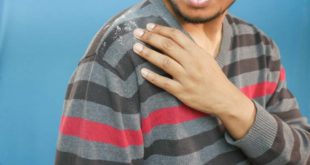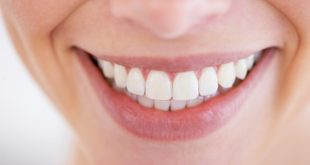
Gingivitis is a common and mild form of gum disease (periodontal disease) that causes irritation, redness, and swelling (inflammation) of your gingiva, the part of your gum around the base of your teeth. It’s important to address gingivitis promptly as it can lead to more severe gum disease and tooth loss if left untreated.
Causes of Gingivitis
Gingivitis is most often caused by poor oral hygiene, which encourages plaque to form on teeth, causing inflammation of the surrounding gum tissues. Plaque is a sticky, invisible film composed primarily of bacteria. If not removed through daily brushing and flossing, plaque can harden into tartar (calculus), which further irritates the gums and provides a protective shield for bacteria.
Symptoms of Gingivitis
- Swollen or puffy gums
- Dark red or dusky red gums
- Gums that bleed easily when you brush or floss
- Bad breath
- Receding gums
- Tender gums
Risk Factors
Several factors can increase your risk of developing gingivitis, including:
- Poor oral care habits
- Smoking or chewing tobacco
- Older age
- Dry mouth
- Poor nutrition, including vitamin C deficiency
- Dental restorations that don’t fit properly or crooked teeth that are difficult to clean
- Conditions that decrease immunity such as leukemia, HIV/AIDS, or cancer treatment
- Certain drugs, such as phenytoin (Dilantin) for epileptic seizures, and some calcium channel blockers, used for angina, high blood pressure, and other conditions
- Hormonal changes, such as those related to pregnancy, menstrual cycles, or use of birth control pills
- Medical conditions such as certain viral and fungal infections
Prevention and Management
Good Oral Hygiene:
- Brush your teeth at least twice a day with fluoride toothpaste.
- Floss daily to remove plaque and food particles between teeth.
- Use an antimicrobial mouthwash to help reduce bacteria in the mouth.
- Replace your toothbrush every three to four months, or sooner if the bristles are frayed.
Regular Dental Visits:
- Have regular professional cleanings and check-ups at the dentist, typically every six months.
- Your dentist can remove tartar that you can’t remove with brushing and flossing and can detect early signs of gum disease.
Healthy Lifestyle Choices:
- Avoid smoking or using tobacco products.
- Maintain a balanced diet and ensure you get sufficient vitamins and nutrients, particularly vitamin C.
- Manage health conditions such as diabetes that can affect your oral health.
Treatment for Gingivitis
If you develop gingivitis, your dentist will provide professional cleaning to remove all traces of plaque, tartar, and bacterial products. This involves:
- Scaling: Removing plaque and tartar from above and below the gum line.
- Root Planing: Smoothing the root surfaces, discouraging further buildup of tartar, and removing bacterial byproducts that contribute to inflammation.
- Antibiotic Treatment: In some cases, topical or oral antibiotics may be prescribed to help control bacterial infection.
After professional treatment, maintaining good oral hygiene at home is crucial to prevent recurrence.
When to See a Dentist
You should see a dentist if you notice any symptoms of gingivitis or if you have not had a dental check-up in the past six months. Early diagnosis and treatment can reverse gingivitis and prevent more severe gum disease.
Taking proactive steps in your daily oral care routine and seeking regular professional dental care are the best ways to keep your gums healthy and prevent gingivitis.
 Daryeel Magazine
Daryeel Magazine




